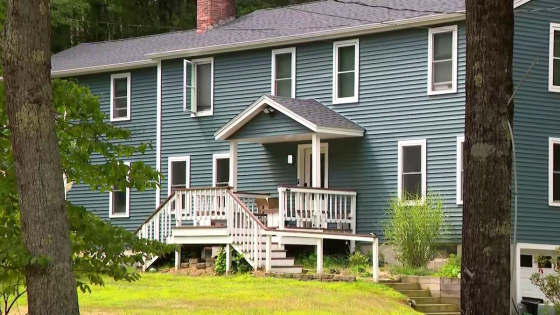Road safety in European cities remains a critical issue, with 7,807 people losing their lives in traffic accidents across the EU in 2023. For Belgian readers, understanding how cities like Helsinki have drastically reduced traffic injuries offers valuable lessons. On 2025-08-03 16:24:00, new data highlighted Helsinki’s impressive safety record, making it a model worth examining.
- 7,807 people died in EU city traffic accidents
- Helsinki enforces 30 km/h speed limits
- Helsinki built over 1,500 km bike paths
- Traffic injuries in Helsinki dropped to 14
- EU aims to halve traffic deaths by 2030
- Helsinki redesigns streets to slow drivers
While Brussels recorded nine traffic fatalities last year, Helsinki’s approach stands out with only 14 injuries reported in 2023, down from 727 in 2003. This remarkable improvement stems from targeted policies and infrastructure investments that could inspire Belgian urban planning.
What can Belgian cities learn from Helsinki’s success, and how might these insights impact local traffic safety strategies? Let’s explore the key takeaways.
Why has Helsinki succeeded where many EU cities struggle? Key factors include:
- Implementing a 30 km/h speed limit in residential and central areas to reduce accident severity.
- Building over 1,500 km of new bike lanes, encouraging safer, greener mobility.
- Redesigning streets with narrower lanes, more greenery, and automated traffic calming measures.
- Using technology such as speed cameras and targeted policing to enforce rules effectively.
As Belgium looks ahead, the question remains: will local authorities prioritize these proven strategies to protect citizens? Embracing innovative traffic management and infrastructure upgrades could save lives and create safer, more sustainable urban environments across the country.

































